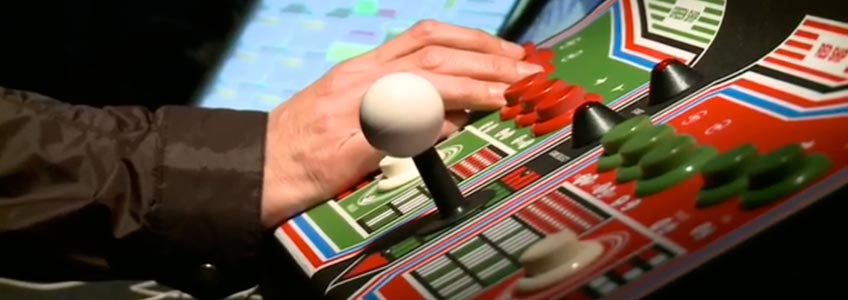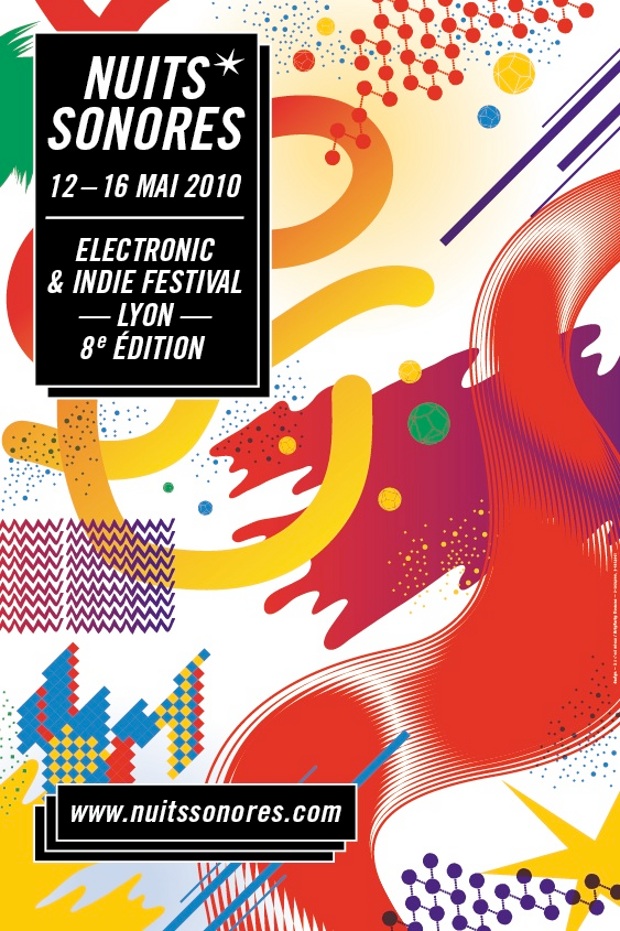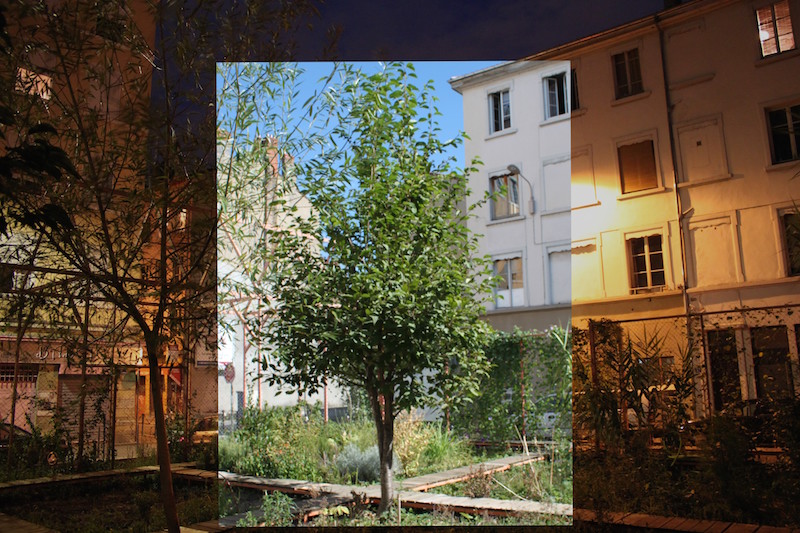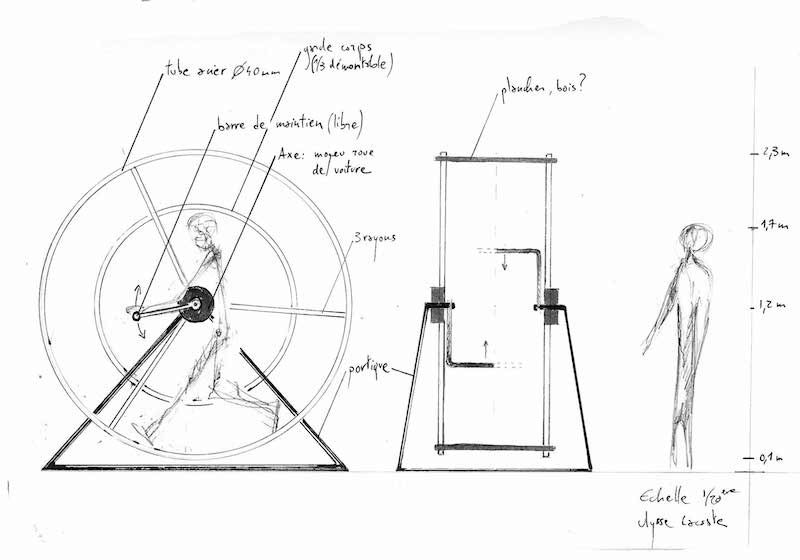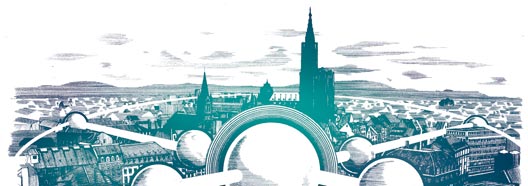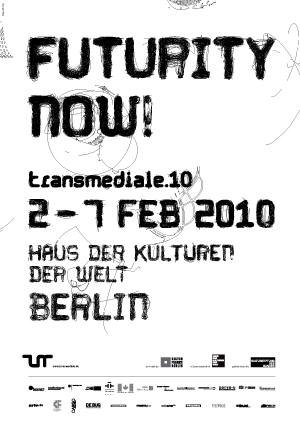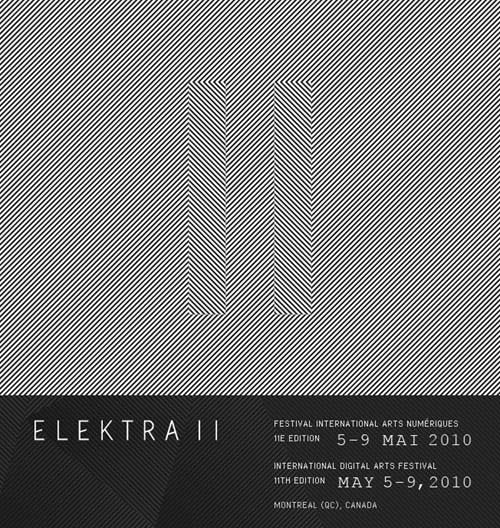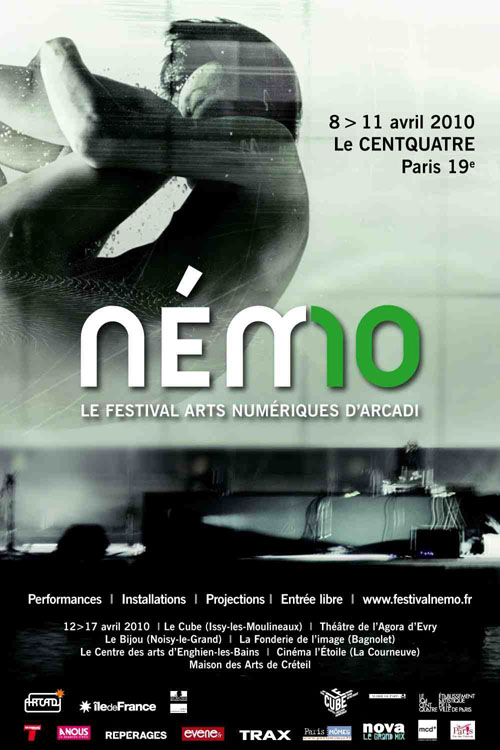OrJo (for “Joysticks Orchestra”) is a research and development project on virtual instruments orchestra practices. This project involves several partners : Puce Muse (project coordinator), LAM, the LIMSI and the company 3Dlized.
I worked with the LAM-team on the development of “Dynamic intermediate Models” for digital lutherie which involve physical, topological and statistical interactions.
Ressources
[pdf] Dynamic Intermediate Models for audiographic synthesis, Sound and Music Conference SMC 2010, Padova (It)
[pdf] A dynamic intermediate model based on cellular automaton “game of life”, Live Interfaces 2012, Leeds (UK)




